Loved for its elegance and history, the kimono is more than just traditional clothing; it is a symbol of Japanese identity and artistry. Let’s explore the fascinating details of this iconic garment:
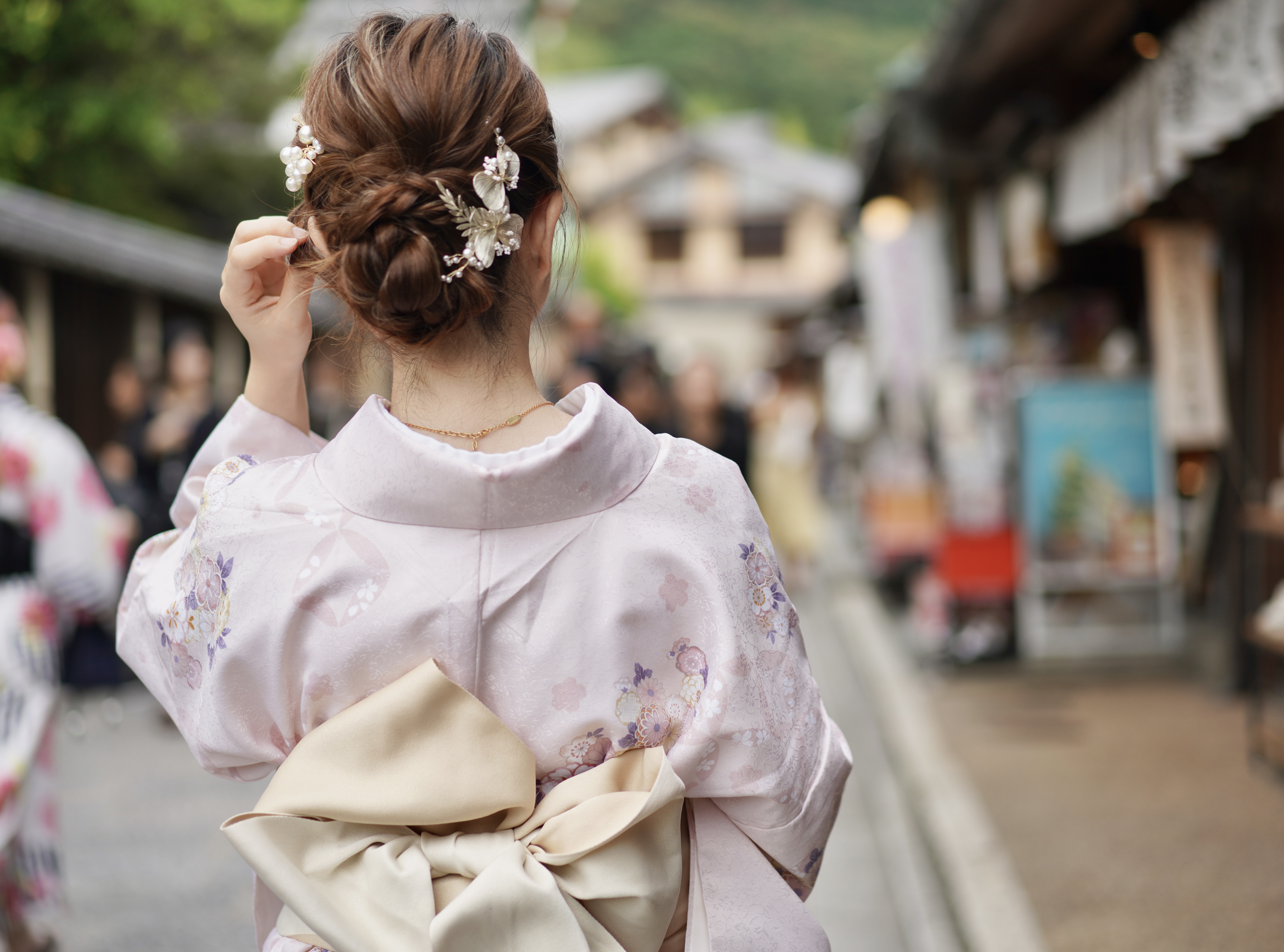
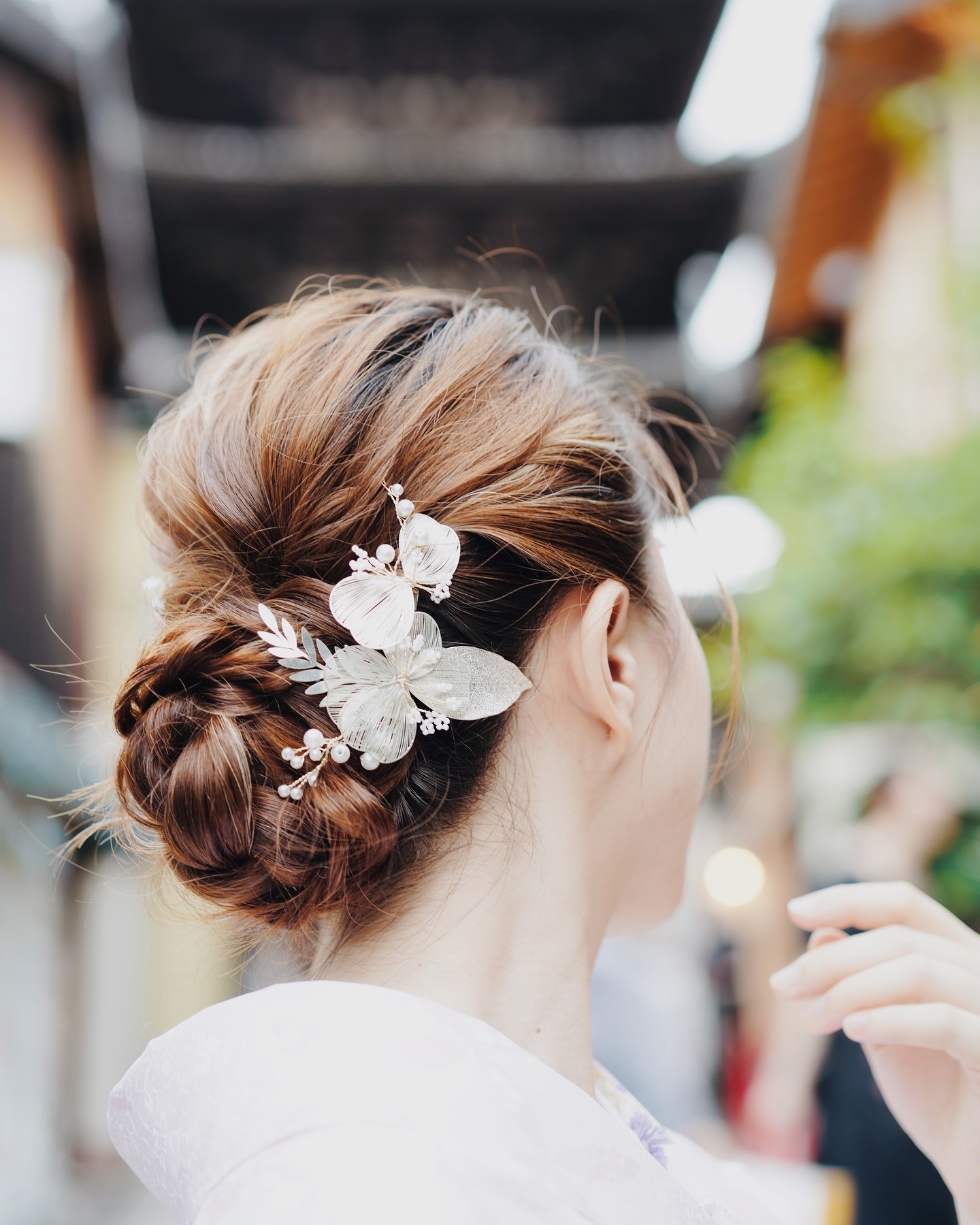
1. Structure and Design
- Style: The kimono features a wide, long-sleeved robe that typically reaches the ground. The front is crossed over the chest and secured with a wide sash called an obi.
- Material: Kimonos are often made from silk, though they can also be crafted from other fabrics such as cotton or polyester.
- Patterns and Colors: Kimonos come in a wide range of patterns and colors, often reflecting the seasons and specific occasions. Common motifs include flowers, animals, and natural elements.
2. Types of Kimono
- Furisode: Characterized by long sleeves, this type is typically worn by unmarried women at formal events like weddings or coming-of-age ceremonies.
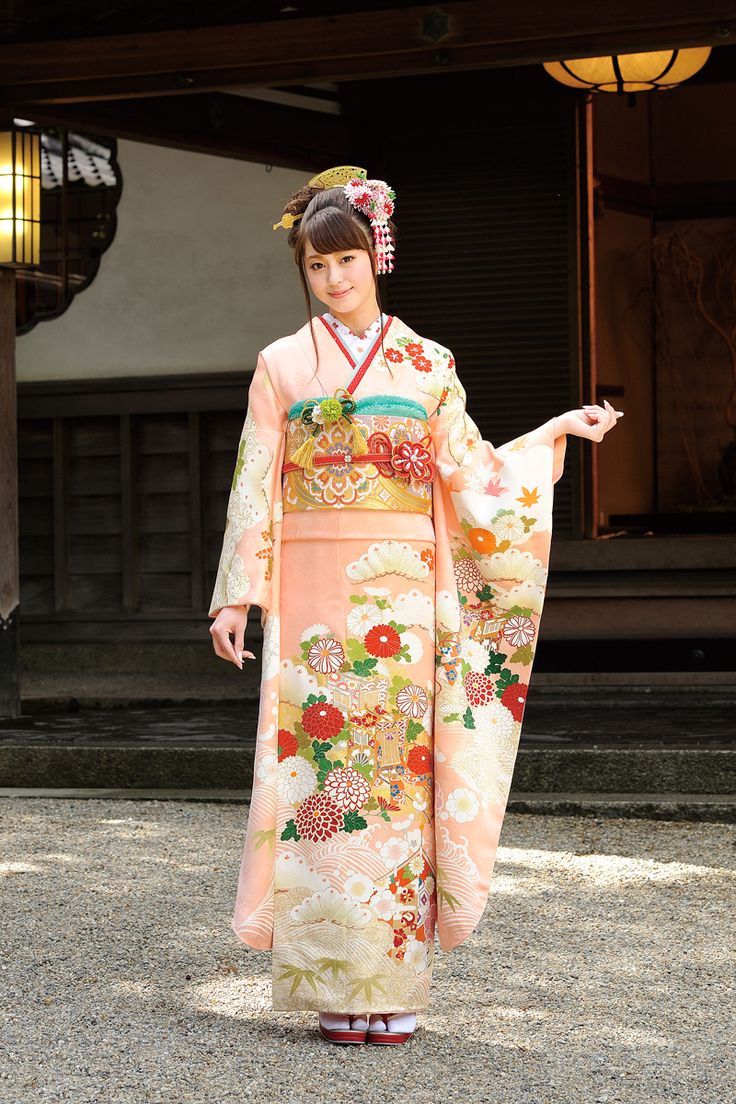
- Tomesode: With shorter sleeves, usually black, and patterns only below the waist, this kimono is often worn by married women at formal occasions.
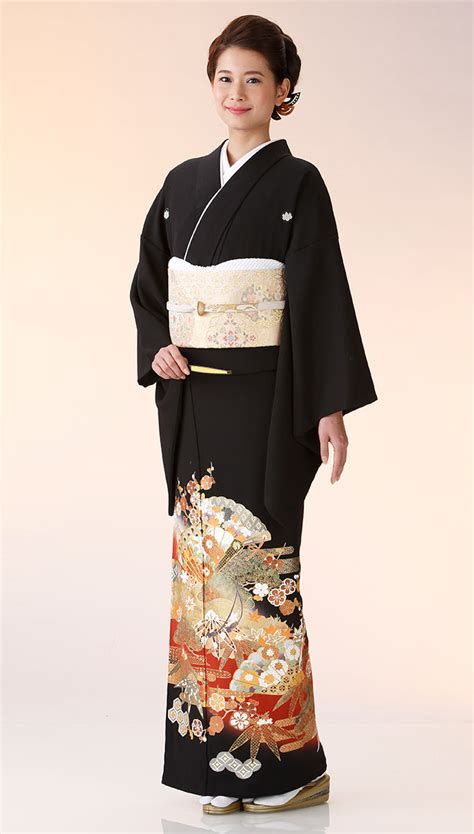
- Yukata: A casual, summer kimono made from lightweight cotton, worn during festivals and at hot spring resorts.
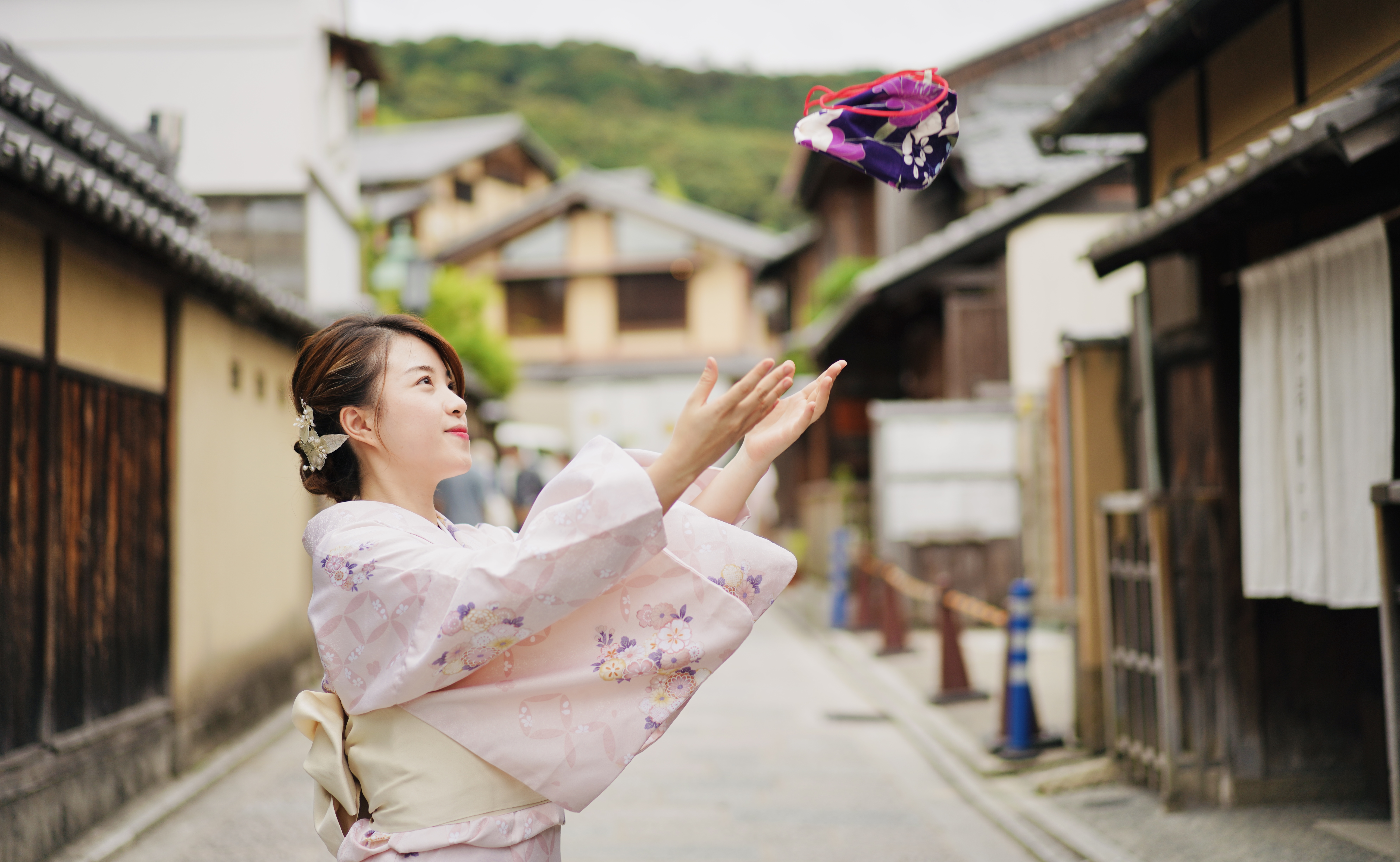
- Houmongi: Featuring patterns that extend over the shoulders and hem, this kimono is worn at semi-formal occasions like tea parties or friends' weddings.

3. Wearing a Kimono
Wearing a kimono is an intricate process that requires specific techniques:
- Nagajuban: A type of undergarment worn beneath the kimono to keep it clean.
- Obi: A long piece of fabric tied around the waist and secured at the back.
- Tabi: White socks with a separation for the big toe, worn with traditional sandals called zori.
4. Significance and Use of Kimono
The kimono is more than just everyday wear; it carries deep cultural and spiritual meanings. Different types of kimonos and how they are worn can signify social status, marital status, and specific events. Kimonos are often passed down through generations as family heirlooms.
5. Kimono in Modern Culture
While no longer daily wear, kimonos maintain a vital role in festivals, weddings, and traditional ceremonies. They also feature prominently in cultural events such as the Gion Matsuri in Kyoto and the Awa Odori in Tokushima.
The kimono stands as a testament to the elegance, sophistication, and enduring traditions of Japanese culture, continuing to be celebrated and worn to this day.





